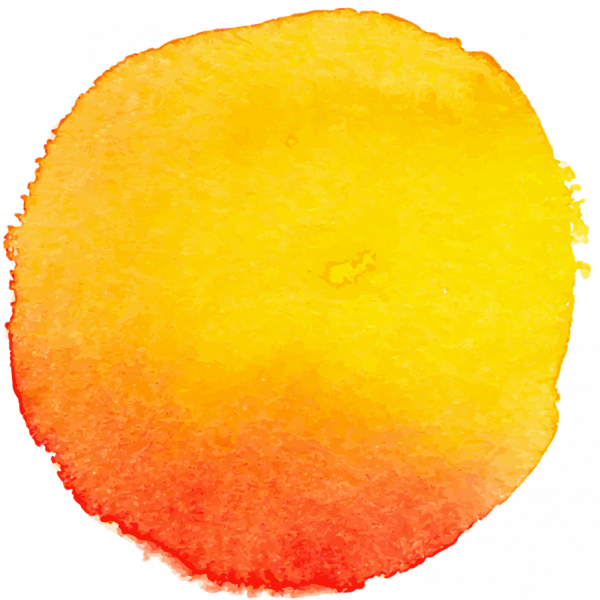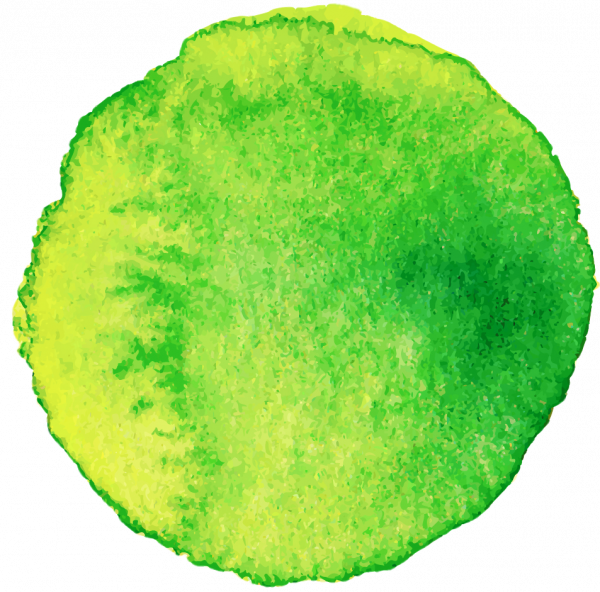De beste ideeën komen voort uit een ongeleid en onbewust proces van incubatie

Sawyer noemt niets doen, iets anders doen en het werk terzijde leggen incubatie: … the best ideas emerge from an unguided, unconscious process that creativity researchers call incubation. To provide time for incubation, many creative people force themselves to stop working periodically. They take time off from the hard, focused work to engage in an unrelated activity – gardening, walking – or to work on another problem for a while. Aan de hand van Sawyer nemen we verschillende theorieën over de werking van incubatie door. Daarna kom ik met een opmerking daarbij.
There are several influential hypotheses of what happens in the mind during incubation, and experiments have tested each of these:
1. You continue consciously working on the problem. Even if you’re doing something else, your conscious mind might be multitasking and still partially attending to the problem you’ve put aside. Nothing is going on in your unconscious mind. In an experimental setting, a researcher can make sure this isn’t happening by giving people distractor tasks that are designed to occupy the conscious mind during the interruption.
2. Rest. You got mentally exhausted working on the problem, and your mind gets a chance to relax and recover. Experiments can evaluate this hypothesis by using distractor tasks that are more or less related to the creative task; during a less-related distractor task, the portions of the mind related to the original creative task could recover from mental fatigue, but during a highly related task, those parts of the brain would remain active.
3. Selective forgetting. If your mind is fixated on a wrong solution path, incubation might allow your mind to become less attached to that incorrect solution, thus freeing you to discover a more fruitful path forward (also called the forgetting fixation hypothesis: Smith & Blankenship, 1989). Insight problems are typically designed so that people are misdirected down the wrong solution path, often by presenting irrelevant or misleading information in the wording of the problem. It could be that when this incorrect path fades, after the solver realizes it can’t be correct, the correct solution – which had been overshadowed by the fixation – reaches conscious awareness, thus accounting for the sudden sensation of insight.
4. Random subconscious recombination. Various bits of relevant information, stored in long-term memory, are recombined through a random process. The creative person “just happened to be standing where lightning struck” (Campbell, 1960, p. 390). Simonton called these associations “chance permutations” (1988b, pp. 6-8; 1997b). When these random processes generate something relevant to the problem, it moves into conscious awareness. This hypothesis has largely been rejected by psychologists, however, because it conflicts with everything we know about how the mind works (Boden, 1994a, p. 7; Johnson-Laird, 1987; Kaufman, 2003; Perkins, 1994).
5. Spreading activation. Related concepts in memory are gradually activated through the mind’s semantic network. Researchers can study this hypothesis by examining how quickly people respond to related “primes” that are presented during the incubation period; these studies are described in Chapter
6. Directed subconscious recombination. The subconscious mind actively works toward solution of the problem, below the level of awareness. This is the original psychoanalytic hypothesis of Freud, Kris, and others; the combinations are “active, directed forms of cognition in which the creator intentionally and in distinct ways brings particular types of elements together” (Rothenberg, 1979, p. 11). There’s no easy way to evaluate this hypothesis using experimental designs, and it’s largely been rejected by creativity researchers (e.g., Perkins, 1981, p. 57).
In sum, there’s experimental evidence to support hypotheses 2, 3, and 5: incubation works because it gives people’s minds a rest; because it provides an opportunity to become less fixated on incorrect solutions; and because it provides time for spreading activation in the unconscious mind. In the real world, it’s likely that taking time off also provides opportunities for “opportunistic assimilation” – as you go about your daily activities, you may randomly encounter a stimulus that is related to your problem, one that connects to the “failure indices” that remained when you stopped working. This is another reason why Stage 3 – actively being aware of potentially relevant information – contributes to creativity.
Bruikbaar of…?
Bovenstaande is zeker niet onbruikbaar. Wel heb ik problemen met het beschouwen van ‘incubatie’ als een fase van het creatieve proces.
In zijn fasenmodel ruimt Sawyer een aparte fase (de 4e) in voor incubatie. De makers met wie wij hebben gewerkt laten zien dat uitstellen, wegleggen, terzijde leggen, iets anders gaan doen en dergelijke op ieder moment kunnen gebeuren. Veel van hen zien dit ook als een – mogelijk gênant – onderdeel van het maken. Op basis van de waarnemingen die wij gedaan hebben kun je stellen dat makers, vaak onbewust, een lijst aan mogelijkheden van terzijdeleggen en uitstellen hebben. Het lijkt er daarbij op dat wanneer het niet meer stroomt, ze deze lijst gaan ’afwerken’ om te kijken wat het duwtje gaat geven dat nodig is. Als het via het ‘afwerken van deze lijst’ ook niet lukt is er sprake van stagnatie.
Bron: Sawyer, R. K. (2012) Explaining creativity: The science of human innovation. Oxford University Press. [Chapter 5].
verder lezen: ga ook naar niet-maken handelen.
